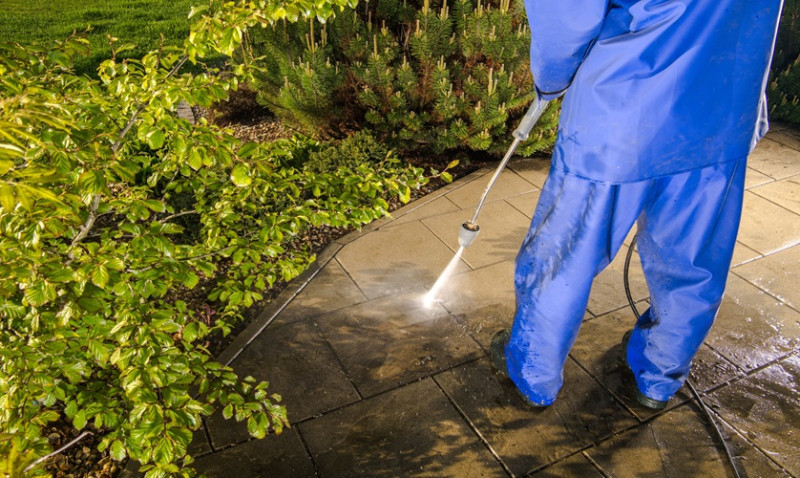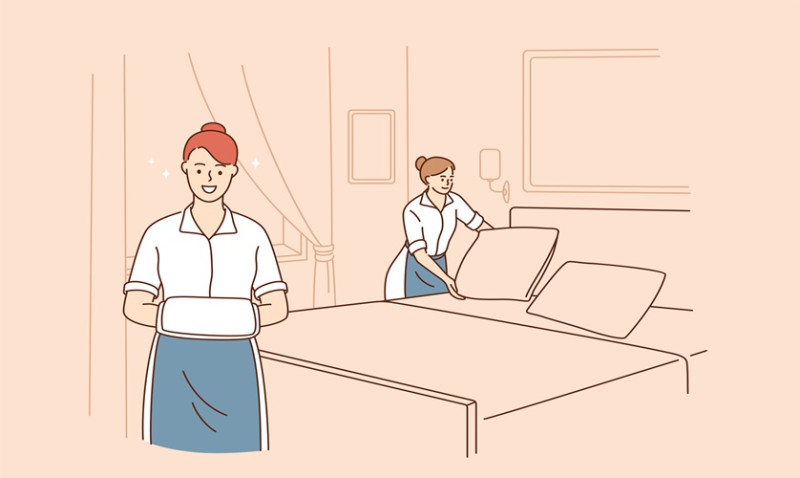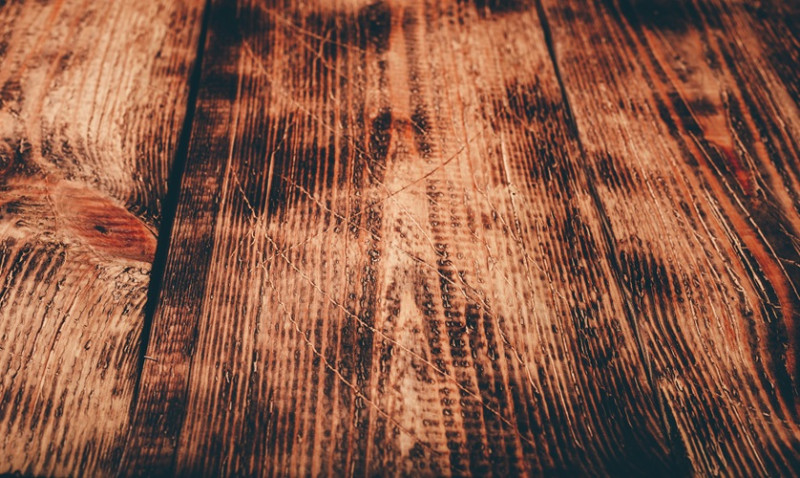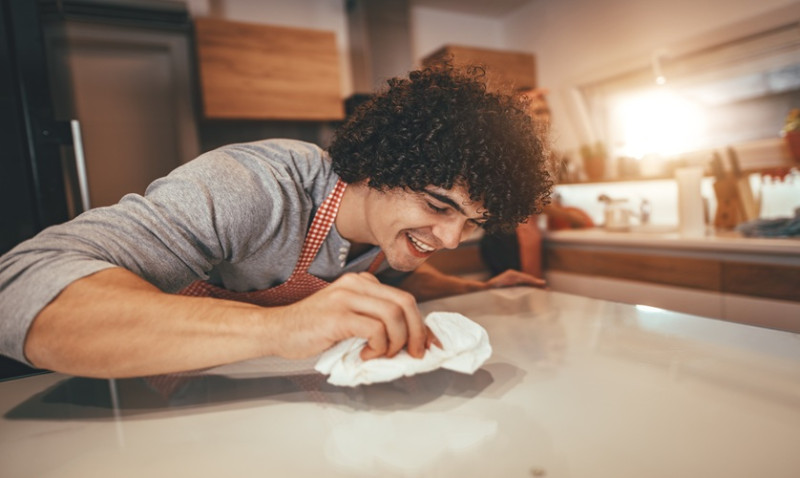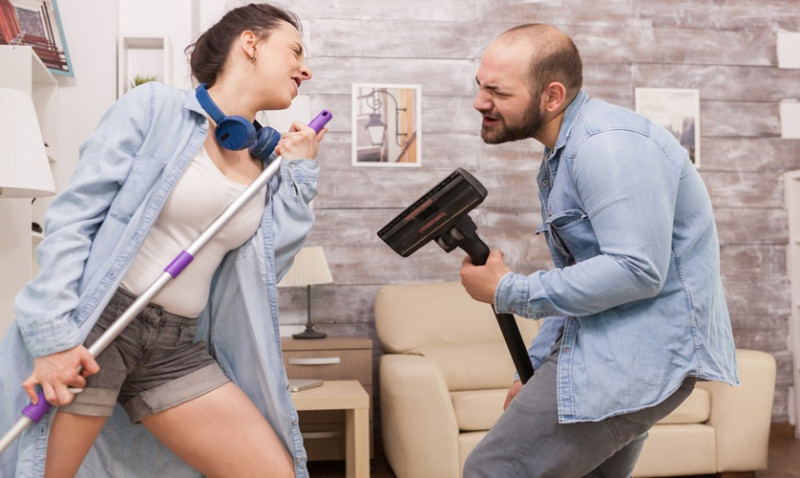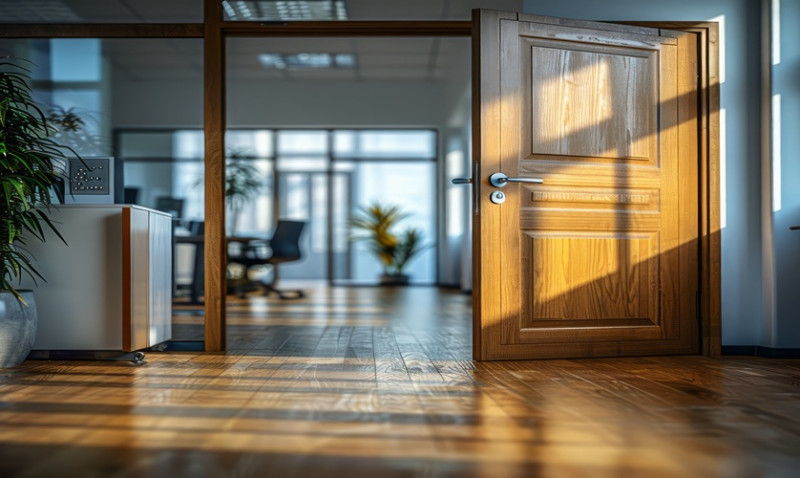
There’s nothing quite like a gleaming hardwood floor to elevate the look of your home. Whether you’re a homeowner giving your space a new lease of life, a DIY enthusiast refining your renovation skills, or a designer putting the finishing touches on a luxury interior – clean, well-maintained timber floors are integral. But how do you clean wood floors like a true professional, without damaging their natural beauty? Today, we’re revealing the techniques and tips hardwood flooring experts swear by, specifically tailored for readers across the UK.
Understand Your Wood Floor Type First
Before you grab the mop and bucket, it's crucial to identify what type of wood flooring you’re working with. Are you dealing with solid wood, engineered wood, or a laminate that mimics wood’s appeal? Each requires a slightly different approach to cleaning and maintenance.
Solid hardwood floors are made from a single piece of timber and can typically be sanded and refinished multiple times. Engineered wood, composed of multiple layers bonded together, is more resistant to fluctuations in temperature and humidity – ideal for British homes. Laminate, on the other hand, needs the lightest touch as moisture can easily damage it.
If you’re unsure, look at the grain, ask your installer, or consult the manufacturer’s literature. Knowing your floor type is the first step toward protecting your investment and applying the perfect cleaning routine.
Top 5 Tools Every Wood Floor Cleaning Pro Has
Certain tools make cleaning wood floors easier, safer, and more efficient. Professional tradespeople and interior designers rely on high-quality cleaning gear to maintain that showroom finish.
| Tool | Best For | Why It Works |
|---|---|---|
| Microfibre Mop | Daily dusting and light cleaning | Attracts dust and debris without scratching the surface |
| pH-Neutral Wood Floor Cleaner | Routine cleaning | Gentle on finishes, tough on dirt |
| Vacuum with Soft Brush Attachment | Dirt in corners and between boards | Avoids abrasive contact with the wood |
| Dry Cloth or Terry Towel | Buffing the floor | Restores natural shine without chemicals |
| Knee Pads | Detailing work | Protects your knees during deep cleaning jobs |
Investing in the right tools isn’t an extravagance – it’s what sets pros apart from amateurs. And trust us, if you’ve just paid good money for stunning oak or walnut floors, the right maintenance kit is worth every penny.
The Weekly Clean: Best Practices for Routine Wood Floor Maintenance
Routine cleaning not only keeps your floors looking their best, it also prolongs their life. The golden rule? Keep it dry and minimal.
Start by dry sweeping or vacuuming with a soft attachment. This removes grit, tiny stones, and everyday dust that might act like sandpaper under your feet – and yes, it can cause micro-scratches over time, especially in high traffic areas.
When it comes to mopping, ditch the bucket of soapy water. Instead, go for a slightly damp microfibre mop moistened with a pH-neutral hardwood floor cleaner. Never soak the floor; excess moisture is the enemy of timber and can lead to warping or cupping, especially with the UK’s rainy climate and our often-underheated rooms. Mop with the grain of the wood, and make sure to dry as you go.
For those in busy households or show homes, a twice-weekly clean might be more appropriate. But even with regular cleaning, it’s all about keeping it gentle and consistent.
How To Tackle Stubborn Stains and Scuffs
Spills are part of daily life – especially with kids or pets around. Clean up liquids immediately and avoid letting anything sit. Use a barely damp cloth with a dab of specialist hardwood cleaner for spot treatment. Follow up with a dry cloth to buff the area.
For harder marks – crayon, ink, or scuffs from rubber-soled shoes – you can lightly buff the area with a microfibre cloth and a bit of bicarbonate of soda or vinegar solution (always patch test on an inconspicuous area first!). Tougher still? Some swear by a tennis ball to rub out scuff marks, or even an old toothbrush with soft bristles for corner grime.
NEVER use harsh chemicals, bleach, or steam cleaners. These can strip the protective finish and cause irreparable damage. Even "all-purpose" floor cleaners may contain solvents that are too aggressive for wood finishes.
The Deep Clean – What Pros Do Every Quarter
Set a reminder every few months to go beyond the basics. This is your opportunity to restore your floor’s shine and condition the wood.
A deep clean starts with a thorough vacuum and dry mop. Follow this with a wood floor cleaner designed for deep treatment – some may come in spray-and-buff formats, others as conditioners that nourish oils into the wood’s surface. Always apply sparingly and work in sections.
Professionals often use buffing machines for larger areas, but for most UK homes, a handheld oscillating buffer or even a dry towel and some elbow grease will do the job.
If you have oiled wood floors, this is also the time to re-oil as needed. Lightly sand the area with fine grit paper, wipe clean, and apply wood oil with a cloth or brush as recommended. Let it soak and buff gently. For lacquered floors, polish sparingly, and only using products designed for lacquered surfaces.
Protecting Your Floors Between Cleans
The best cleaning strategy is prevention. Add dust mats at every entrance to capture dirt before it hits your floor. Encourage family and visitors to remove shoes – grit and small pebbles trapped in soles can act like sandpaper on your floor’s finish.
Felt pads under furniture are a must, especially on chairs or movable items. Update these every few months to ensure they haven’t worn down. If you have pets, ensure their claws are trimmed regularly. It only takes one excited pup racing into the lounge to leave a hairline scratch across your lovely oak planks.
Finally, use rugs wisely. In high-traffic zones like hallways or under dining tables, they’ll take the brunt of wear and protect your floor’s finish. Choose breathable non-slip underlays to avoid condensation and floor discolouration underneath – a common issue in Britain’s damp winters.
Final Thoughts: Keep That ‘New Floor’ Feeling
Cleaning wood floors like a hardwood pro is about more than just products – it’s a mindset. Taking care of your timber flooring isn’t difficult, but it does require consistency and the right techniques. As with your favourite pair of leather shoes or your car, it’s the combination of regular maintenance and thoughtful use that prevents wear and tear.
Whether you're a tradesperson perfecting your next installation project in London, or a young couple renovating a flat in Manchester, maintaining a pristine wooden floor adds timeless style and long-term value to your space. Respect the grain, be kind with moisture, and your floors will thank you for decades to come.
Need recommendations for cleaners, oils, or tools tailored to your specific flooring type? Reach out to our expert team or leave your questions in the comments – we’re always happy to help fellow floor-lovers across the UK.

